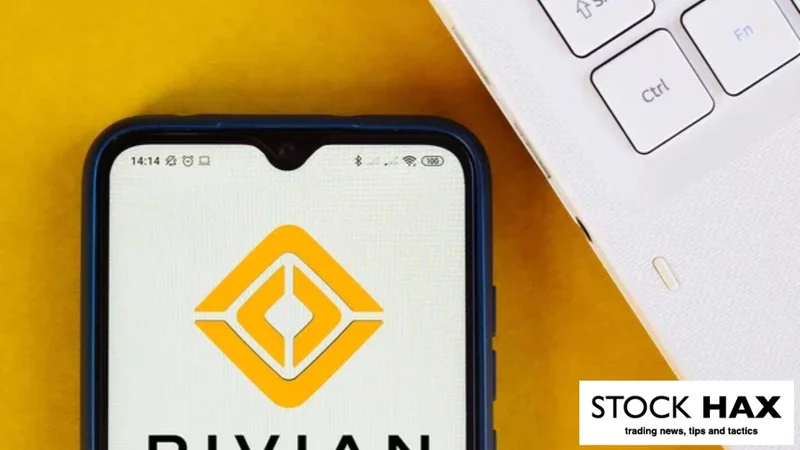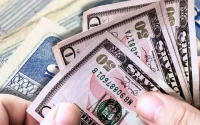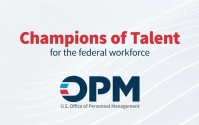So, September 30, 2025. Remember that date. It’s the day the music finally died for the EV hype train. The day the government-funded party ended and the lights flickered on, revealing a room full of hungover executives staring at a mountain of debt.
And right in the middle of the room is Rivian.
Just two days later, on October 2nd, they drop their Q3 numbers. 10,720 trucks produced, 13,201 delivered. They put out a press release saying this is all "aligning with its outlook." Give me a break. That’s like bragging that you successfully tied your shoes while your house was being repossessed. The context, man, the context is everything. And the context here is a political and financial hurricane that just made landfall.
Pulling the Plug on the EV Gravy Train
The "Big, Beautiful" Wrecking Ball
Let’s get this straight. For years, the entire business model for these EV startups wasn’t just about building cars. It was about harvesting government cash. The biggest carrot, offcourse, was the $7,500 tax credit for buyers. It was the magic wand that made an $80,000 electric truck seem slightly less insane to a normal person.
Well, as of September 30th, that’s gone. Poof. Wiped out by President Trump’s “Big, Beautiful Bill.” That’s a bad name for a bill. No, ‘bad’ doesn’t cover it—it’s a self-congratulatory, ridiculous name for a piece of legislation that just pulled the rug out from under an entire industry seven years ahead of schedule.
Without that credit, Rivian and the others are suddenly competing head-to-head on price with Ford F-150s and Chevy Silverados. Good luck with that. People aren’t saints; they’re not going to pay a massive premium and deal with spotty charging infrastructure out of the goodness of their hearts.
But that ain’t even the half of it. The bill also gutted the CAFE regulations. Translation: the system that forced traditional automakers to buy "regulatory credits" from pure EV companies like Rivian and Tesla is now toothless. That was basically free money for not building gas cars, and now the spigot's off. For Tesla, this was a huge part of their so-called profitability. For Rivian, it was a future revenue stream they were counting on that just vanished into thin air.
This wasn’t a market correction. This was a targeted assassination of the EV business model as we knew it.
The Ugly Math Buried Under Rivian's "Good News"
Smiling Through the Apocalypse
So, back to Rivian’s "good" news. They delivered 13,000 trucks. Whoop-de-doo. Let's look at the real numbers, the ones buried in the analyst reports. A gross margin of -4.3%. An EBIT margin of -65.1%.
Let me spell that out for you. They are losing a catastrophic amount of money on every single vehicle that rolls out of the factory. That’s before they pay for engineers, marketing, software developers, and the C-suite coffee machine. They are burning through free cash flow at a rate of over $2 billion. Billion. With a 'B'.

And what’s happening while they’re hemorrhaging cash? Their most important customer, Amazon, is publicly "testing" electric vans from GM. You don't test your mistress's cooking in front of your wife unless you're thinking about leaving. That's a warning shot, and if Rivian can't hear it over the sound of their own furnace burning stacks of cash, they're deaf.
Then there’s the recall. More than 24,000 vehicles for a software issue with their "Highway Assist System." Look, I don't trust any software that has the word "assist" in it. My phone can't get through an update without bricking three apps, and we're supposed to let our two-ton trucks drive themselves? Now we find out the system might not even see the car in front of it. It’s just another crack in the facade of high-tech infallibility they've built their brand on.
They’re trying to stop the bleeding with layoffs, but it’s a tiny cut—less than 1.5% of the workforce. It’s a PR move, a signal to Wall Street that they’re "getting serious" about costs. But it’s like putting a band-aid on a severed artery. They're still talking about launching a more affordable SUV next year, trying to expand while the foundations of their current business are crumbling, and you just have to wonder...
Forget "Neutral"—This is a Code Blue
So Now What?
The AI analysts, the Sparks and what-have-yous, are calling the stock a "Neutral" or a "Hold." This is the kind of useless, fence-sitting advice that drives me crazy. Neutral? The government just declared war on your primary value proposition, your biggest customer is window shopping, your software is buggy, and you’re losing money on every sale. What part of that is "neutral"?
The company has a solid amount of cash, for now. A current ratio of 3.4 means they can pay their immediate bills. But that’s not a business, that’s a life support machine. You can’t burn through $2 billion in cash forever. The game has changed. The era of cheap money and government subsidies propping up a flawed model is over. Now, they have to be a real car company. A profitable car company.
And I just don’t see it. Not with these margins. Not in this political climate. Not when the core incentive for their customers just got vaporized overnight.
Then again, maybe I'm the crazy one here. Maybe there are enough wealthy early adopters in California and New York to keep them afloat. Maybe their software and services division will magically start printing money. Maybe. But hope is not a strategy.
The story of Rivian, and the whole EV startup boom, was never really about the environment or technology. It was about a financial arbitrage opportunity created by government policy. And that policy just got a new author.
*
The Party's Over, Kids
Let's be brutally honest. For the last five years, these EV companies weren't selling cars; they were selling a story. A story of a green revolution, of sleek tech, of a future subsidized by the taxpayer. That story is now fiction. From here on out, it’s just a low-margin, high-capital, soul-crushing manufacturing business. Welcome to the real world. I hope you saved some of that venture capital money for the hangover.
Reference article source:










